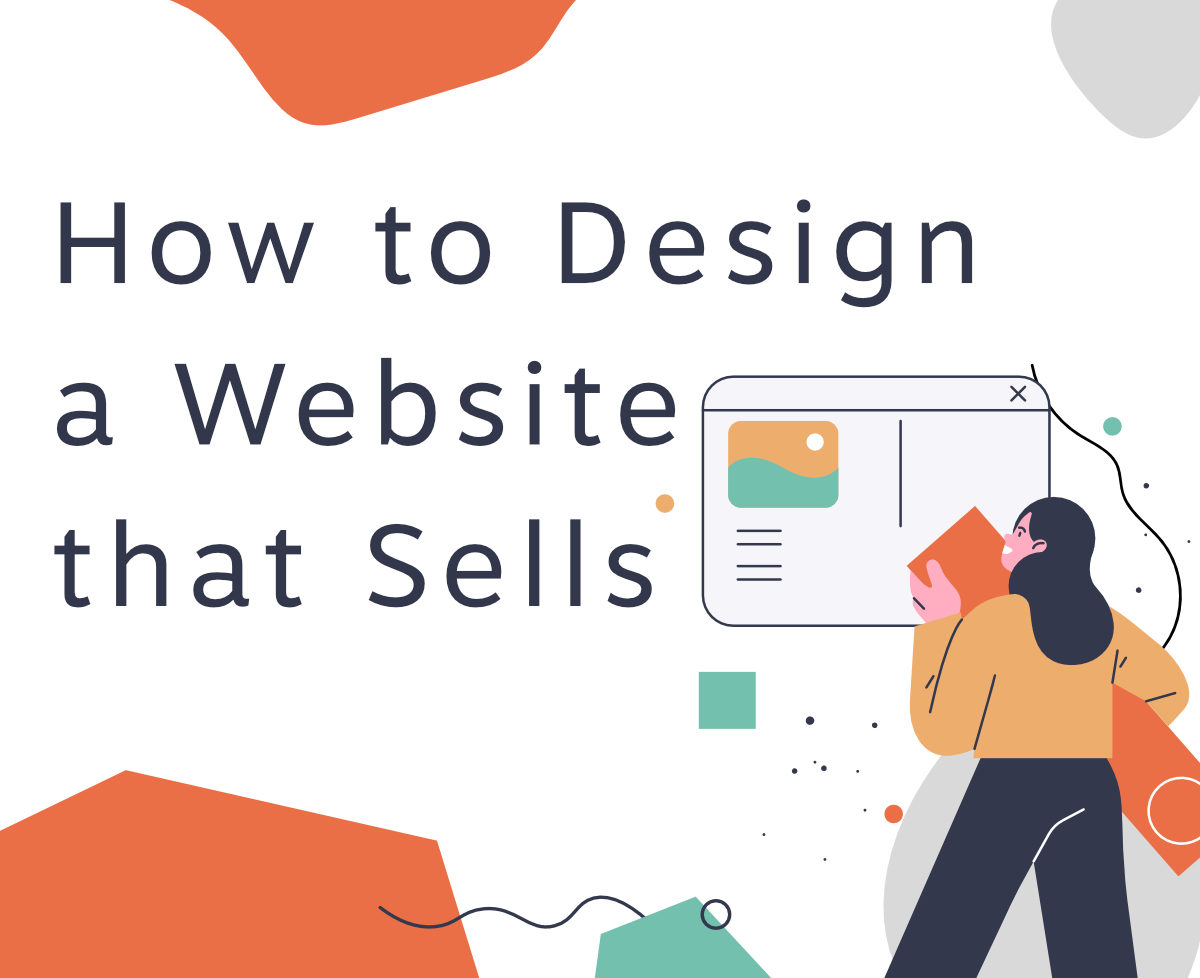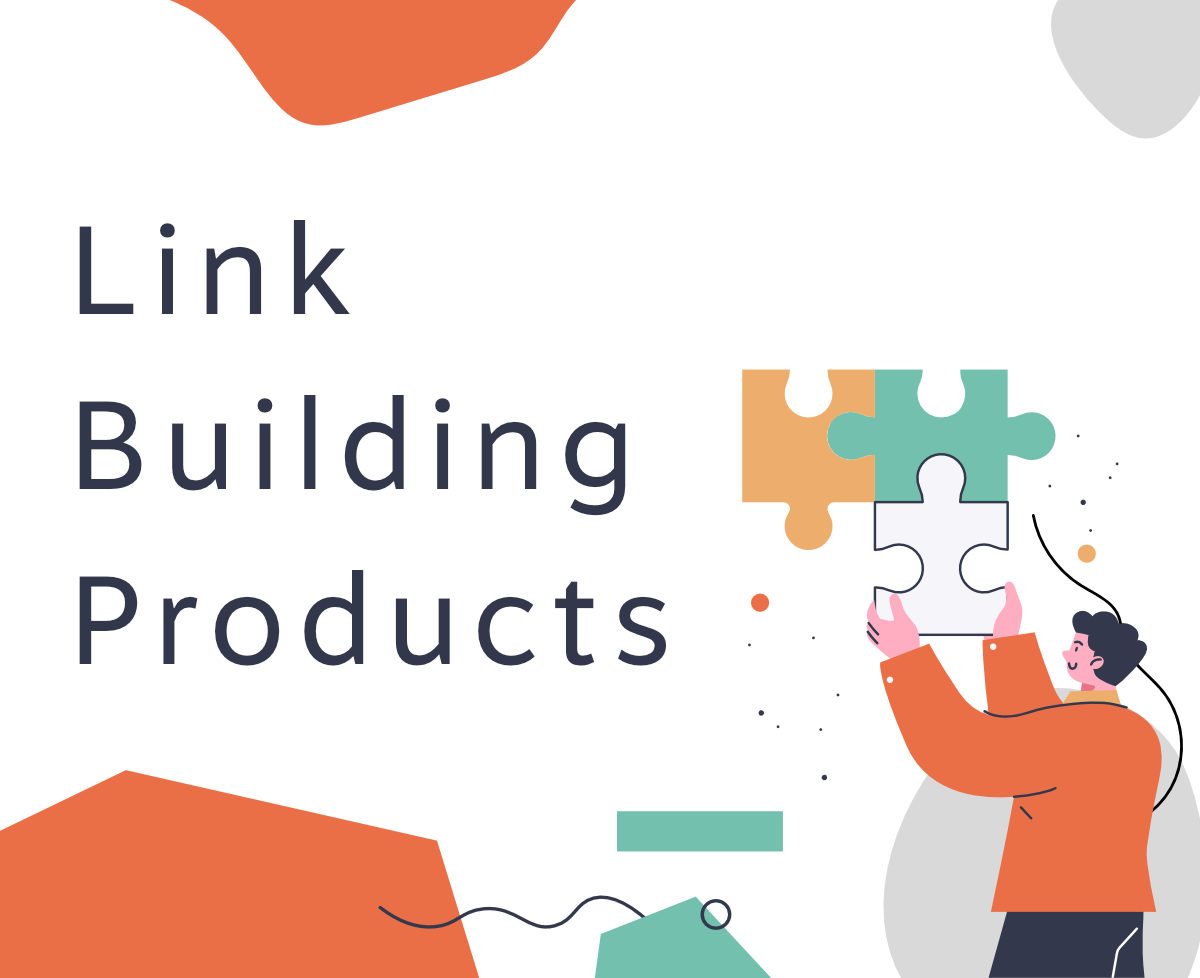Optimizing your website doesn’t have to be expensive. These 3 Simple SEO Tips is all you need to maximise your exposure on all major search engines.
1. Build Better Titles, Descriptions, and Permalinks (URLs).
Pages Titles
Page titles are very important aspect of SEO, it’s the first thing users see when searching the internet.
The title of your homepage can include the name of your website/business and other bits of important information like the physical location of your business or maybe your main focus or offerings.
The titles of your pages should accurately describe what the page is all about and be attractive to the searcher. Try using the title of your copy as the title of your page, but remember be descriptive as possible.
Description
The page description is also very important. It gives users, Google and other search engines a summary of what the page is all about. Google may choose to show what you type in the description as a snippet for your page or may decide to use a part of your page’s content.
Always provide a unique description for all your pages, posts, products and keep the word limit between 140-150 characters. Try to use the description as a way to ‘advertise’ your page to the reader so that they visit your page.
Permalinks (URLs)
The permanent link structure is a term used to describe the format of URLS for pages (categories/tags) or individual posts of a web site.
It is shown in the browsers address bar and in the search results (below the page title).
The best way to structure your Permalinks is make them as simple as possible. Use words that best describe the page and its content but avoid using unnecessary keywords.
Using Hyphens ‘–’ to separate words that make up your permalink will make it that much easier for your users and search engines to understand.
Here are 2 examples of BAD URL structures.
http://yourwebsite.com/?p=123
http://yourwebsite.com/seobestpractices
Here are 2 examples of GOOD URL structures.
http://yourwebsite.com/seo-best-practices
http://yourwebsite.com/2002/12/seo-best-practices
2. Text formatting and using H1, H2 and H3 tags.
I’ve seen it time and time again, content creators not utilising basic formatting that will help readability. Don’t just publish text on your website without first doing some basic formatting. This is not good for the user experience and works against your SEO efforts.
General guidelines for formatting a post or page on your website:
• Use H1 tags for the title of your post
• Use H2 tags for the main headings of your post.
• Use BOLD and Italics to draw user’s attention
• Don’t use H2 tags for all your headings
• Write small paragraphs
• Use a font size that is easy to read
When formatting your posts always have in mind the user experience. Can the user identify the main sections of your post (H2 tags) just by looking at the page? Is the text easy to read on all devices (smartphones, Apple iPads, Android tablets etc)?
3. Create Fresh & Relevant Content
Having fresh content is an incentive for visitors to come back and for search engine bots to visit and crawl your website more often. This is true when you really have something new to say about the niche or topic your covering.
A question to ask your self is “what is your first reaction when you visit a website that has out-of-date content?” If the answer is “Leave and never come back” then this is the same for the your visitors.
Does this mean that you should upload a new blog post every day? Not necessarily. This depends on a number of factors and the type of publishing strategy you have.
That’s it, I hope you found these 3 SEO tips helpful and If you’re curious as to how well your site is performing on search engines, you can use a free website SEO tool like http://tools.neilpatel.com/en/ or https://seositecheckup.com/





